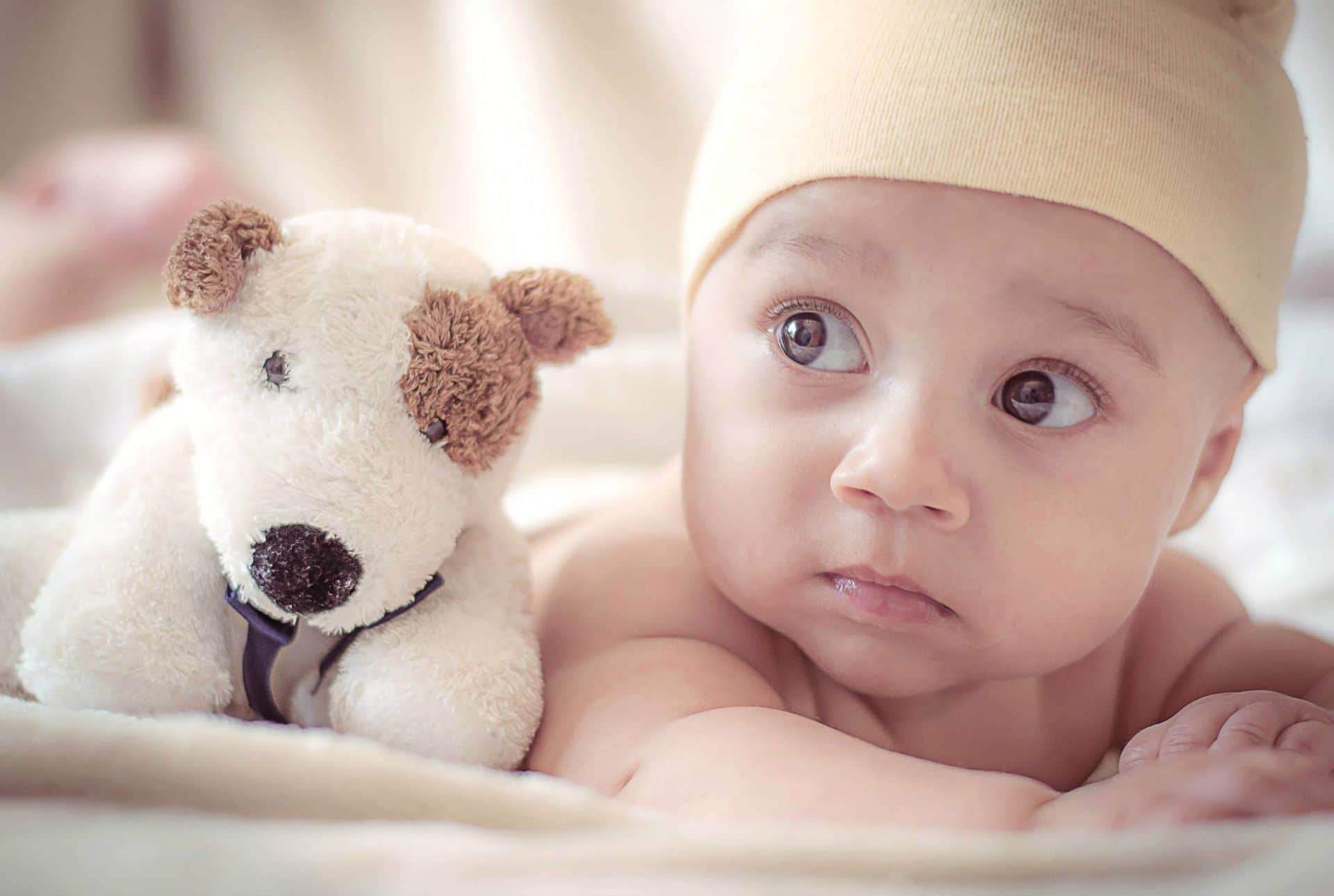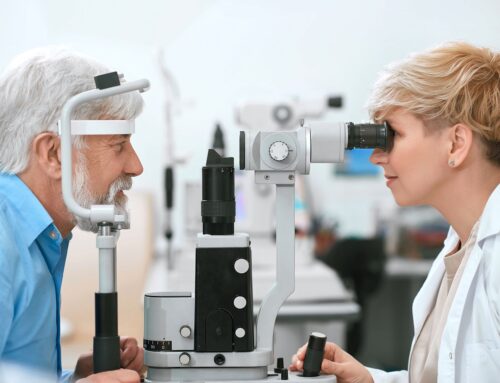You might not know this, but adults are not the only ones that can get cataracts. Baby cataracts are real and can even affect small children. When a child is born with a cataract it is called a “congenital cataract”. Because the baby can’t speak to voice his or her symptoms, the symptoms and presentation may not be noticed right away. This is an important reason for children to have routine eye exams.
Baby cataracts are quite rare, occurring in approximately 3 out of 10,000 children. Most of these cases occur in both eyes, but about one-third of the time, the cataract is only in one eye. Although cataracts typically begin as people get older, in this article, we’ll talk more about cataracts in babies, or “congenital cataracts”
How Does A Baby Or Child Get Cataracts?
The most common cause of congenital cataracts is genetics. These may be passed down from parents in an autosomal dominant inheritance pattern. Other causes of congenital cataracts include chromosomal abnormalities, metabolic disorders, and complications or infections during pregnancy.
Here is a list of some of the common causes of congenital cataracts related to systemic diseases:
- Galactosemia
- Lowe (oculocerebrorenal) syndrome
- Hypoparathyroidism
- Fabry disease
- Mannosidosis
- Congenital rubella
- Intrauterine infection with toxoplasmosis, cytomegalovirus, herpes simplex, and varicella
- Chromosomal abnormalities
How Do I Know If My Baby Has Cataracts?
If the cataract is advanced enough, it can be seen with the naked eye as a whitening of the pupil. When the pupil, which is ordinarily black, has a white color, it is called “leukocoria”. If the cataract is not as severe, it may not be seen with the naked eye and may require an eye exam to diagnose.
A very young child will not be able to tell you that he or she has blurry vision. It is important that parents have regular eye exams performed. Early detection will ensure proper treatment, and if surgery is necessary, it can be performed early to give the child’s eye or eyes the best opportunity to develop properly. If not diagnosed properly, the connections between the eyes and the brain will not develop properly and this can result in permanent vision loss, called “amblyopia”.
Treatment Of Baby Cataracts
Congenital or “baby” cataracts should be managed by a pediatric ophthalmologist. Depending on how advanced the cataracts are they may choose to recommend surgery urgently. Urgent treatment for serious congenital cataracts is important so that the eyes and brain can develop together properly.
After the cataracts are treated it is important to continue following up with an ophthalmologist. Glaucoma is common in children who are born with congenital cataracts. This can occur simultaneously, or years down the road. Unlike cataracts, which are reversible, vision loss from glaucoma is irreversible, so it is critical that it is caught early and treatment started to prevent vision loss.
In the United States, outstanding pediatric ophthalmologists have been dedicated to improving the care of children with cataracts for decades. Treatments are excellent, and these children can grow up with excellent vision expecting long and productive lives with often little to no restriction from their vision under the care of expert doctors.










